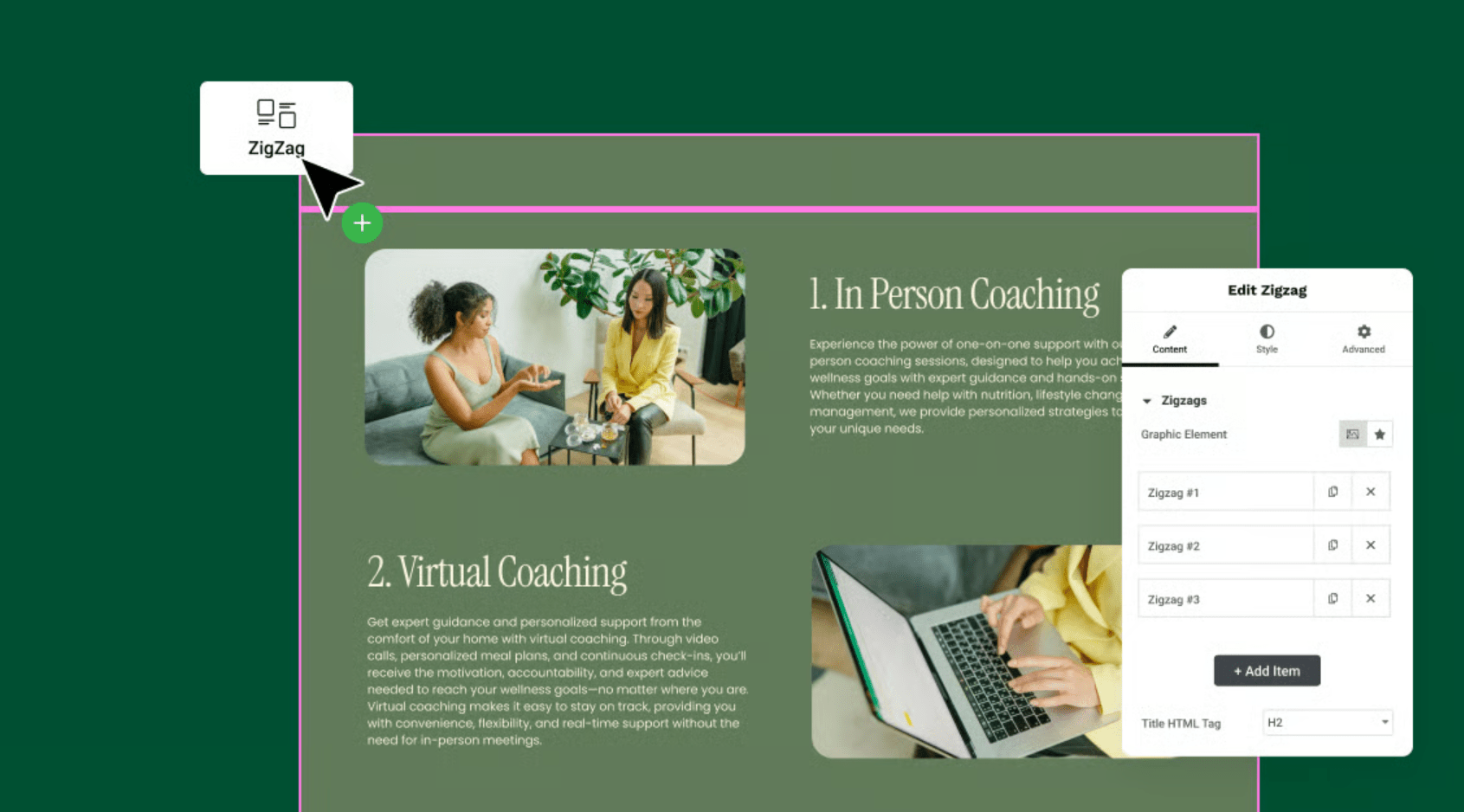You’ve poured time, money, and energy into your website — but people are still clicking away in seconds. Why?
There are a few common (and avoidable) reasons visitors leave websites quickly. The good news is that with a few simple improvements, you can turn things around and keep people engaged. Let’s take a look at the biggest turn-offs for website visitors.
Slow Load Time
In our fast-paced world, every second counts. If your website takes more than 3 seconds to load, many visitors won’t wait around — they’ll bounce. Slow load times can be caused by large image files, poor hosting, or too many unnecessary plugins.
How to fix it:
Optimise images before uploading
Choose a quality hosting provider
Minimise the number of plugins and scripts
Bad User Experience (UX)
Confusing navigation, too many pop-ups, or cluttered design can frustrate visitors. If people can’t figure out where to go or how to find what they need, they’ll simply leave.
How to fix it:
Keep your layout clean and intuitive
Use clear headings and logical menus
Guide users with clear calls-to-actions (CTAs)
Poor Mobile Design
More than half of all website traffic comes from mobile devices. If your site isn’t mobile-friendly — think tiny text, buttons too small to tap, or layouts that don’t adjust to screen size — you’re losing a huge chunk of potential customers.
How to fix it:
Use responsive design so your site adjusts to any screen
Test your website on different devices
Make sure buttons and links are easy to tap
“All About Me” Content
It’s your website, but it shouldn’t only be about you. Visitors are looking for solutions to their problems. If your copy focuses only on your business without showing how you help your customers, people won’t feel connected — and they’ll move on.
How to fix it:
Speak directly to your ideal customer
Highlight the benefits of your services, not just the features
Show how you solve specific problems
Outdated or Unprofessional Design
Design trends evolve quickly. If your website looks like it hasn’t been updated in five years, visitors may assume your business is out of touch or untrustworthy.
How to fix it:
Refresh your design every few years
Use consistent fonts, colours, and branding
Invest in quality visuals and clean layouts
No Clear Call-to-Action (CTA)
What do you want visitors to do? Book a call? Download a guide? If your website doesn’t make it obvious, they’ll likely leave without taking action.
How tofix it:
Add a clear CTA to each page
Use action words like “Book Now,” “Get Started,” or “Download Free Guide”
Make your CTAs stand out visually
Your website is often the first impression someone has of your business — and first impressions matter! By focusing on speed, usability, mobile design, customer-focused content, and modern visuals, you can keep visitors on your site longer and increase the chances they’ll take action.
If you’re unsure where your website stands, consider a professional website audit or a quick refresh — sometimes a few small tweaks can make a big difference. Contact us for help today!




